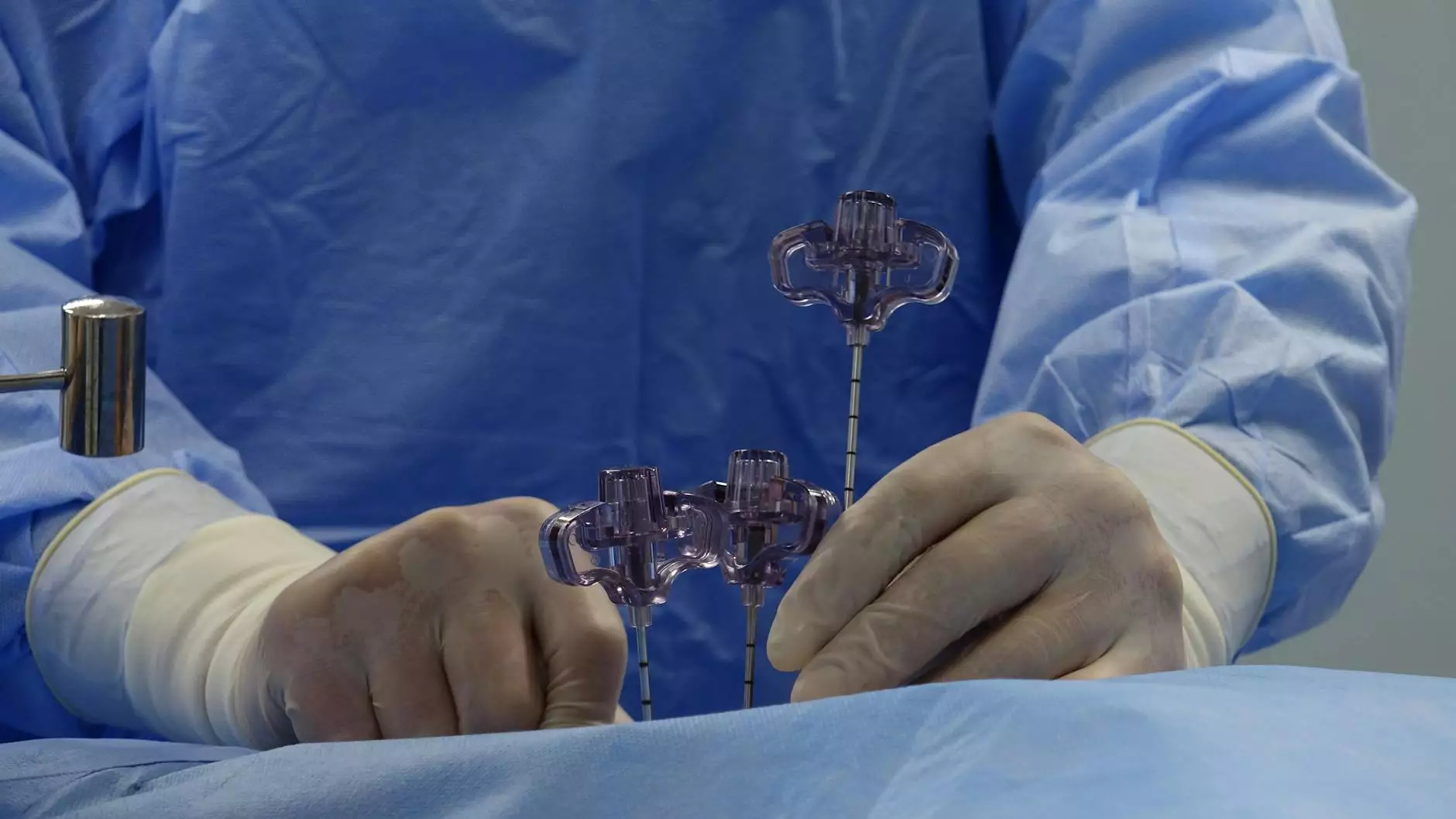Understanding Tenosynovitis: Meaning, Symptoms, and Treatment

Tenosynovitis is a term that describes an inflammation of the sheath surrounding a tendon. This condition can cause pain, swelling, and stiffness in the affected area, and is commonly seen in individuals who engage in repetitive activities or have suffered an injury. In this article, we'll dive deep into the meaning of tenosynovitis and provide valuable insights on its symptoms, causes, and effective treatment options. Our goal is to equip you with the knowledge necessary to understand this condition and seek the appropriate care.
What is Tenosynovitis? A Closer Look at the Meaning
The medical term tenosynovitis is derived from the combination of two Greek words: 'tenon', meaning tendon, and 'synovitis', which refers to inflammation of the synovial membrane. This membrane is crucial as it lines the joint and produces synovial fluid, which lubricates the joints and reduces friction between the tendon and surrounding tissues.
When inflammation occurs, the synovial sheath becomes swollen, leading to discomfort and restricted movement. This condition can affect any tendon in the body but is most commonly associated with the wrists, hands, and feet.
Symptoms of Tenosynovitis
Recognizing the symptoms of tenosynovitis is crucial for early diagnosis and treatment. Common symptoms include:
- Pain: Affected areas may experience a sharp or dull pain that worsens with movement.
- Swelling: The area surrounding the affected tendon may swell, making it visibly larger than surrounding tissues.
- Stiffness: Individuals may find it difficult to move the affected joint, particularly after periods of inactivity.
- Crepitus: A sensation of grating or cracking may be felt during movement.
- Warmth and Redness: In some cases, the skin over the affected area may be warm to the touch and have a reddish appearance.
Common Causes of Tenosynovitis
The onset of tenosynovitis can be attributed to various factors. Some of the most common causes include:
- Repetitive Motion: Engaging in activities that require repetitive motions can lead to strain and inflammation of the tendons.
- Injury: Acute injuries, such as sprains or fractures, can trigger tenosynovitis.
- Underlying Health Conditions: Diseases such as rheumatoid arthritis, gout, or diabetes can increase the risk of developing tenosynovitis.
- Infections: In rare cases, bacterial infections can lead to tenosynovitis, especially following an injury.
Types of Tenosynovitis
Understanding the various types of tenosynovitis can help in identifying the most effective treatment approach. The two primary types include:
1. Acute Tenosynovitis
This type usually results from a sudden injury or trauma and is characterized by a rapid onset of symptoms. Treatment often involves rest and conservative management to alleviate pain and swelling.
2. Chronic Tenosynovitis
Chronic tenosynovitis develops gradually over time due to repetitive stress and strain on the tendon. This type may require more intensive rehabilitation, including physical therapy, to restore function and range of motion.
Diagnosis of Tenosynovitis
A proper diagnosis of tenosynovitis is imperative for effective treatment. Healthcare providers will typically follow these steps:
- Medical History: Discussing your symptoms and any past injuries with a healthcare provider.
- Physical Examination: A physician will examine the affected area for swelling, pain, and range of motion.
- Imaging Tests: X-rays, MRIs, or ultrasounds may be used to visualize the tendons and surrounding structures.
Treatment Options for Tenosynovitis
Effective management of tenosynovitis involves a multifaceted approach. Treatment options may include:
1. Rest and Activity Modification
Limiting activities that exacerbate the condition is crucial. Incorporating rest periods into your routine will help reduce strain on the affected tendon.
2. Ice Therapy
Applying ice packs to the inflamed area can help alleviate pain and swelling. Aim for 15-20 minutes per session, several times a day.
3. Medications
Nonsteroidal anti-inflammatory drugs (NSAIDs) are commonly prescribed to manage pain and inflammation. In some cases, corticosteroid injections may be recommended for more severe cases.
4. Physical Therapy
Working with a physical therapist can provide targeted exercises to strengthen the surrounding muscles and improve flexibility, aiding in recovery.
5. Surgery
In persistent cases or when conservative treatments fail, surgical intervention may be necessary to relieve pressure on the tendon or to remove any damaged tissue.
Preventing Tenosynovitis
Preventative measures can go a long way in reducing the risk of developing tenosynovitis. Consider the following tips:
- Ergonomic Adjustments: Ensure your workspace is ergonomically designed to reduce strain during repetitive tasks.
- Warm-Up Exercises: Always perform warm-up exercises before engaging in activities that strain the tendons.
- Take Frequent Breaks: If your work involves repetitive motions, take regular breaks to rest and stretch.
- Strengthening Exercises: Incorporate strength training into your routine to build resilience in your tendons.
When to Seek Medical Attention
It's essential to consult a healthcare provider if you experience severe pain, swelling, or an inability to move the affected joint. Early intervention can prevent worsening of the condition.
Conclusion
In conclusion, understanding tenosynovitis meaning is vital for anyone dealing with tendon pain or inflammation. This condition, while common, requires attention to prevent prolonged discomfort and impaired function. By being aware of the symptoms, causes, and treatment options, individuals can take proactive steps toward management and recovery. If you suspect you have tenosynovitis, don’t hesitate to seek advice from a qualified healthcare professional.
For more information on health, medical services, and educational resources, visit IAOM-US.









